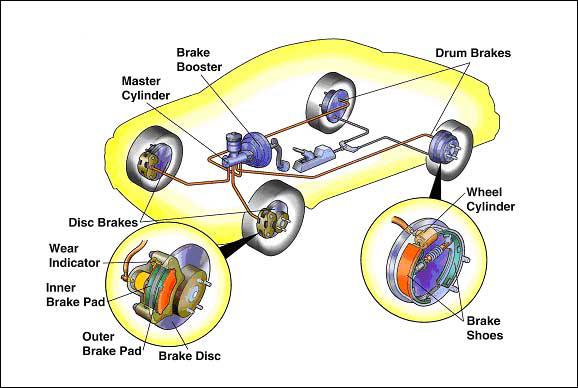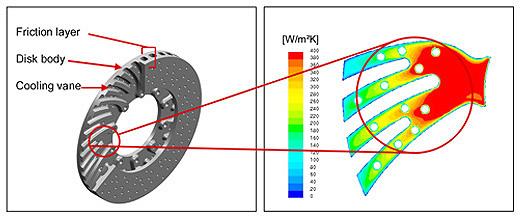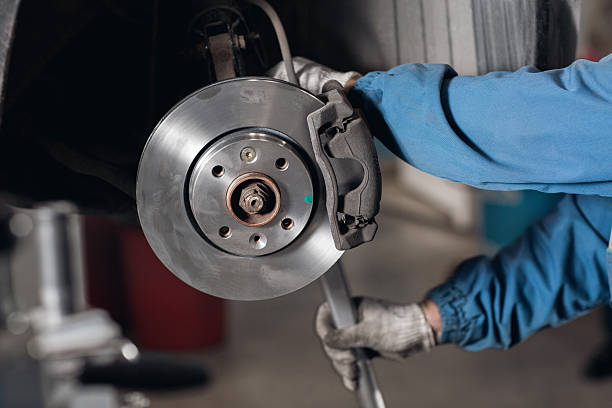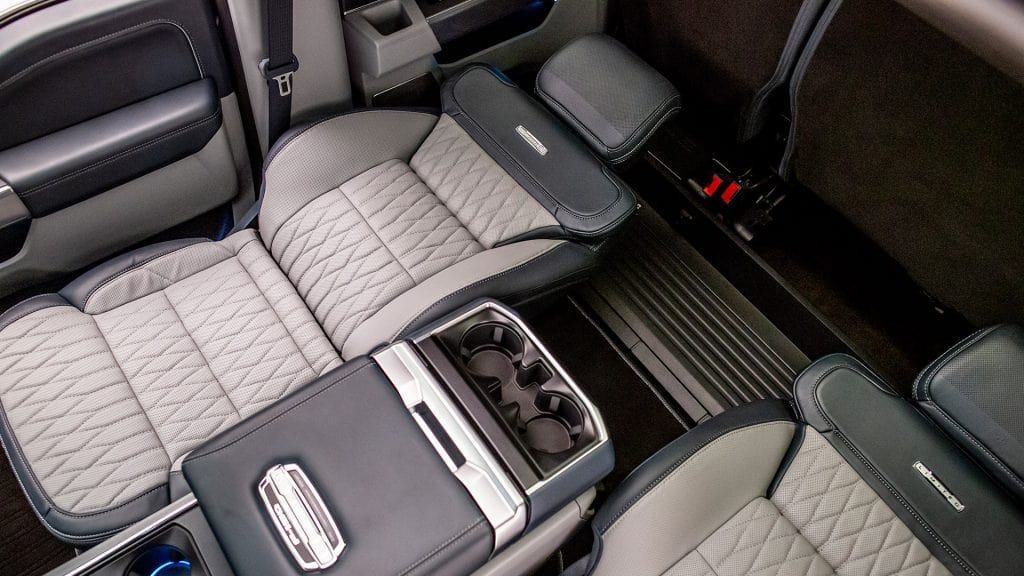Common Types of Brake Pads You Need To Know!
Imagine one day you are driving down the freeway. As you are about to take the exit, you tap on the brakes but — you don’t slow down. To avoid this issue, you need to understand deeply about the types of brake pads your vehicle uses and have some basic knowledge before taking your car to a brake shop.
No matter how hard you push, nothing happens. You are driving with no brakes. This situation is worse than whatever you can suppose.
Let’s look at this article to find out more useful information about brake pad types.
When Your Car Brake Pads Need Replacement?
Your brake system will give warning signs before going out of order. A grinding sound indicates the complete worn out state of the brake pads and the possible damage to brake rotors.
On the other hand, if it creates a squealing sound; you need to change the soft metal that rubs against the brake rotor.
Other alarming signs may include the brakes creating a thumping sound or vibration; or the car hauling to one side after pushing the brake pedal; and the brake pedal feels softer when giving a push.
Types of Brake Pads
Typically, the regular vehicles have four common brake pad types.

1. Semi-Metallic
With long-term durability and excellent heat transfer capability, semi-metallic is the most common brake pad type used widely in different vehicles. It is made of steel wire or wool, graphite or copper, and friction modifiers.
Such a brake pad contains nearly 30%-65% metal. It creates more noises, wears down rotors faster, and underperforms at low temperatures.
2. Non-Asbestos Organic
Fibers, high-temperature resins, and filler materials are used in the making of this brake pad type.
If compared to the semi-metallic type, they are softer and create less noise; but deteriorate faster and create more dust. These types of brake pads are sometimes listed as organic or NAO.
3. Low-Metallic NAO
These brake pads are made of organic materials with 10%-30% metal such as steel or copper in the mix.
Though they create more noise and brake dust, their braking and heat transfer capabilities are excellent.
4. Ceramic
You can find a small amount of metal in this brake pad type, but they are mainly made of ceramic fibers, bonding agents, and nonferrous filler materials.
They create less noise, wear down slowly in comparison to other brake pad types, and create less dust. Their only downside is they are pricier than other brake pads.

| No | Brake pad type | Main features |
| 1 | Semi-Metallic | – Being used widely in different vehicles
– Made of steel wire or wool, graphite or copper, and friction modifiers – Long- term durability and excellent heat transfer capability – More noises, wear down rotors faster, underperforms at low temperatures |
| 2 | Non-Asbestos Organic | – Made of fibers, high-temperature resins, and filler materials
– Softer and create less noise than Semi – Metallic – Deteriorate faster and create more dust |
| 3 | Low-Metallic NAO | – Made of organic materials with 10%-30% metal
– Excellent braking and heat transfer capabilities |
| 4 | Ceramic | – Made of ceramic fibers, bonding agents, nonferrous filler materials
– Less noise, wear down slowly, create less dust – Expensive than other brake pads |
SEE MORE:
How to Choose the Best Types of Brake Pads for Your Vehicle
With a broad range of selections showing slight variations in price and packaging, it’s easy to get confused.
However, you need to make the decision depending on your vehicle and the type of roads where you drive them on.
For example, full-size trucks or vans may need brake pads containing a substantial amount of metal to get extra power while braking and reduce wear down of brakes.
On the contrary, organic brake pads are perfect for the smooth operation of compact cars.
For a towing job, you should research carefully on stopping power, noise, brake dust of each product to find the best brake pads for towing.
Besides, cheap or standard brake pad repairs won’t guarantee safety if your vehicles regularly carry loads or passengers; or you drive them in mountainous areas. In those cases, you will need an upgraded or severe-duty brake pad.

FAQs On Types of Brake Pads
-
What are the 3 materials to make brake pads?
Brake pads are typically constructed of one of three materials: organic, ceramic, or semi-metallic, each with distinct properties and advantages and disadvantages.
-
Which brake pads are most preferable?
Performance-oriented drivers choose metallic brake pads because they provide better braking performance in a wider range of temperatures and circumstances.
-
What kind of brake pads are the most important within a system?
Because the front brake pads do the majority of the work, they wear out faster and require replacement more frequently.
When you use the brakes, your vehicle accelerates forward, landing firmly on the front wheels. This is where the majority of your vehicle’s braking force originates from.
-
What are better ceramic or metallic brake pads?
The decision between ceramic vs. metallic brake pads is simple for many drivers, particularly those who demand excellent performance.
Performance-oriented drivers choose metallic brake pads because they provide better braking performance in a wider range of temperatures and circumstances.
-
Are ceramic brake pads good for daily use?
Because of its low noise and dust operation, a ceramic brake pad can be a fantastic choice for routine everyday commuting demands in temperate climates.
It will also endure longer than a metallic pad, resulting in fewer trips to the mechanic during the life of the car.
-
Are ceramic brakes better than OEM?
Ceramic brake pads are more dependable than organic brake pads across a wider range of temperatures and driving situations.
-
How do I know they are good brake pads?
To determine the life of a brake pad, first establish its thickness. To get a good look at the brake pad, you may need to use a flashlight.
If the pads are thin, less than 1/4″, it may be time to replace them. Some brake pads may include a wear indicator groove running down the middle of the pad.
-
Should you replace all 4 brake pads at once?
While it may appear to be more cost-effective to only replace the old pads, this can be harmful and foolish in the long run because all four pads should always be changed simultaneously.
Regular brake repair is required to guarantee the performance and safety of your car on the road.
Check out this video from ChrisFix to learn more about how to replace the old brake pads and rotors!
Final Words
Here are the 4 types of brake pads you should know for basic knowledge. Hope you find this piece of information helpful and see you again with more Industry Knowledge with Car From Japan!














